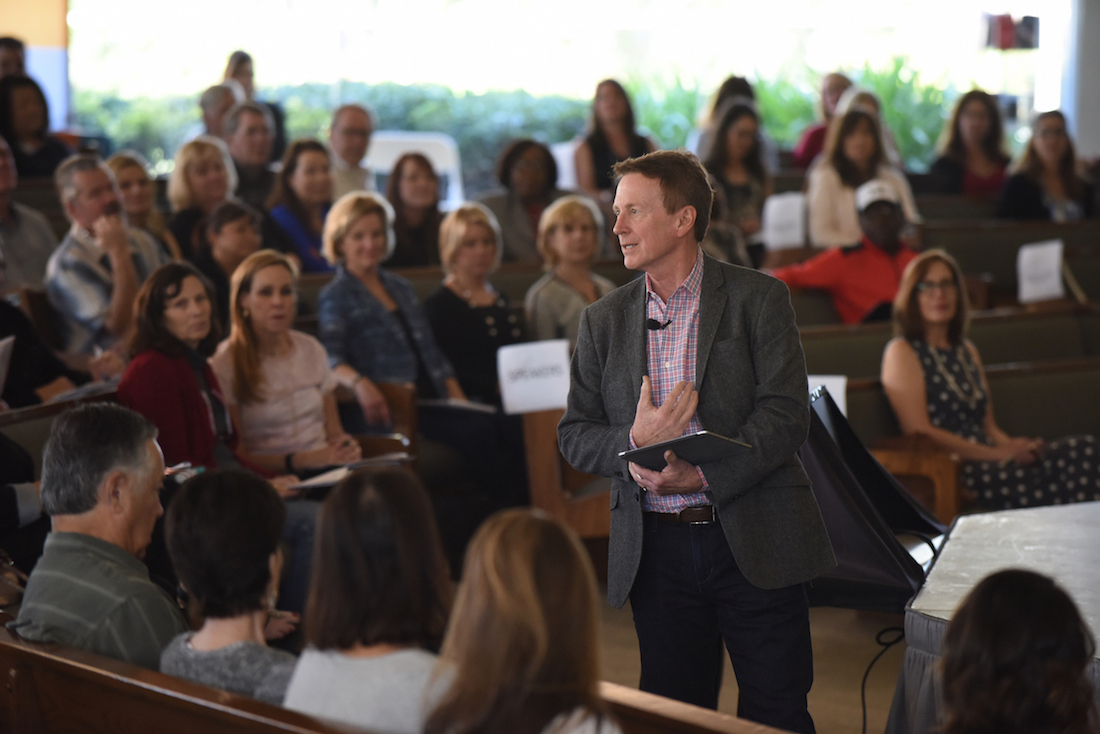We all know the importance of brain health. The research is so strong about how much better our lives are if our brain is doing well. For example, Harvard Health Publishing suggests the following habits to follow:
- Get mental stimulation
- Get physical exercise
- Improve your diet
- Improve your blood pressure
- Improve your blood sugar
- Improve your cholesterol
- Consider low-dose aspirin
- Avoid tobacco
- Don’t abuse alcohol
- Care for your emotions
- Protect your head
- Build social networks
This is a very well done and comprehensive list. However, most of us look at these habits and think, “Well, I’m working on a few of these, already, I’m doing well on these few, and I’m not sure I have time and energy for those few.” It can be a bit overwhelming. Here are some ideas for busy people, to put a bit of time in for a healthy brain:
Get external support for working out. Exercise helps cover a number of the above good habits. Having worked with many executives who struggle in the area of working out, my experience is that the #1 key to a lifetime of working out several times a week, is bringing others into your regimen. That can mean working out with someone, joining a class, having someone send you a support text on the days you are scheduled to hit the gym, or hiring a trainer. We are more motivated and consistent when we stop doing this as a lone ranger, and bring someone else into the situation.
Engage in gaining info about the brain once a week. What we think about, we focus on, and consequently, we are more prone to follow up about. Just spend 10 minutes a week reading an online article, or listening to a podcast, or watching a YouTube video on brain health. It will help keep you interested and motivated.
Notice your improvements. Nothing keeps us moving better than seeing small, incremental successes each week. It might be as simple as getting on the scale, or seeing yourself do better on a crossword puzzle. Baby steps help a lot here.
Take your future seriously. Most of us have a lot going on in the present that keeps us very busy: kids, marriage, relationships, careers and a social life. It is so easy to live day-by-day. Pulling back and looking at our lives year-by-year doesn’t feel real. But successful people, including those who are successful in brain health, never forget the future. It is coming, and just because we don’t see it, that train is always headed toward us. Be prepared by taking care of your brain. It is the same reasoning that makes us want to save for retirement, before we get too old to generate the savings we need.
So take some time in your calendar to be nice to your brain. It will thank you, in the form of clarity, memory, positivity and energy.
Best,
John





